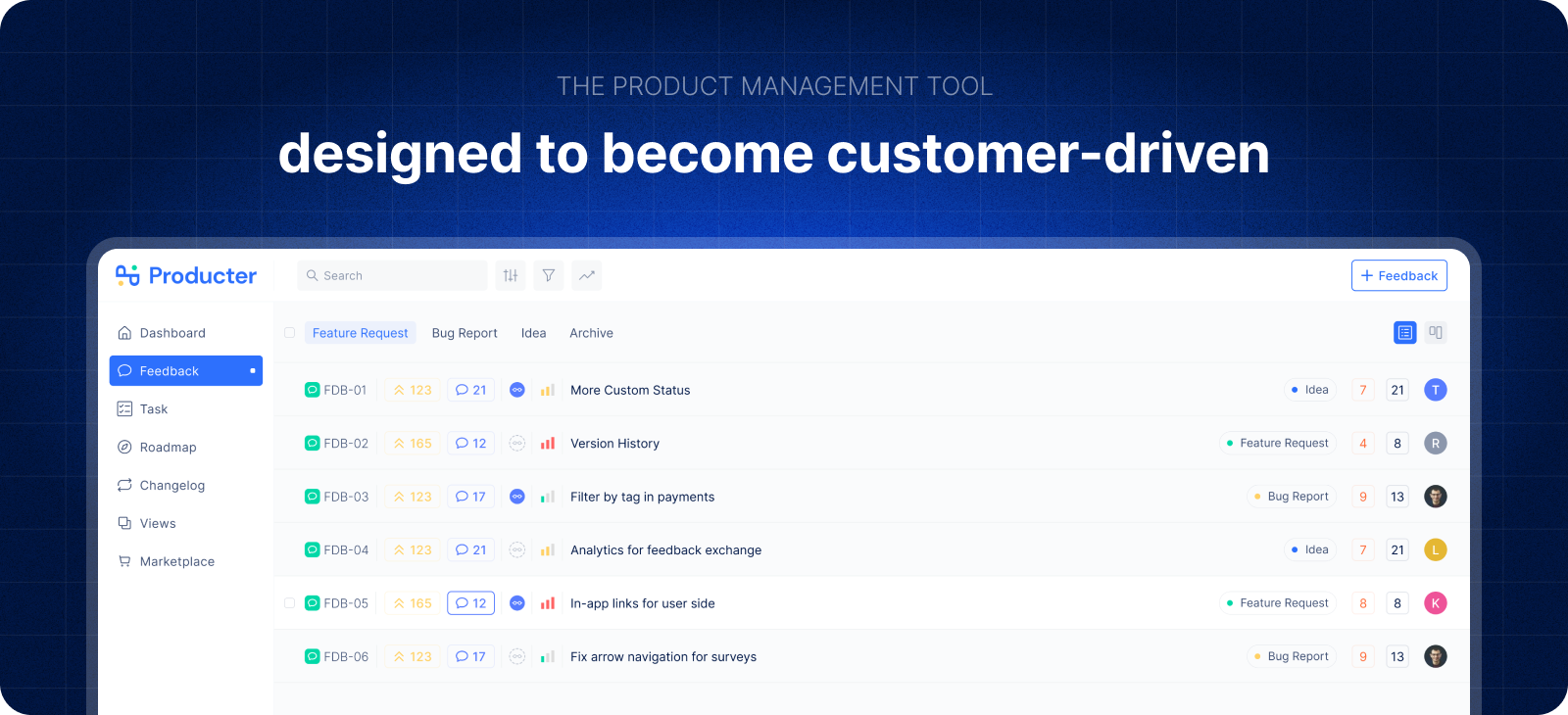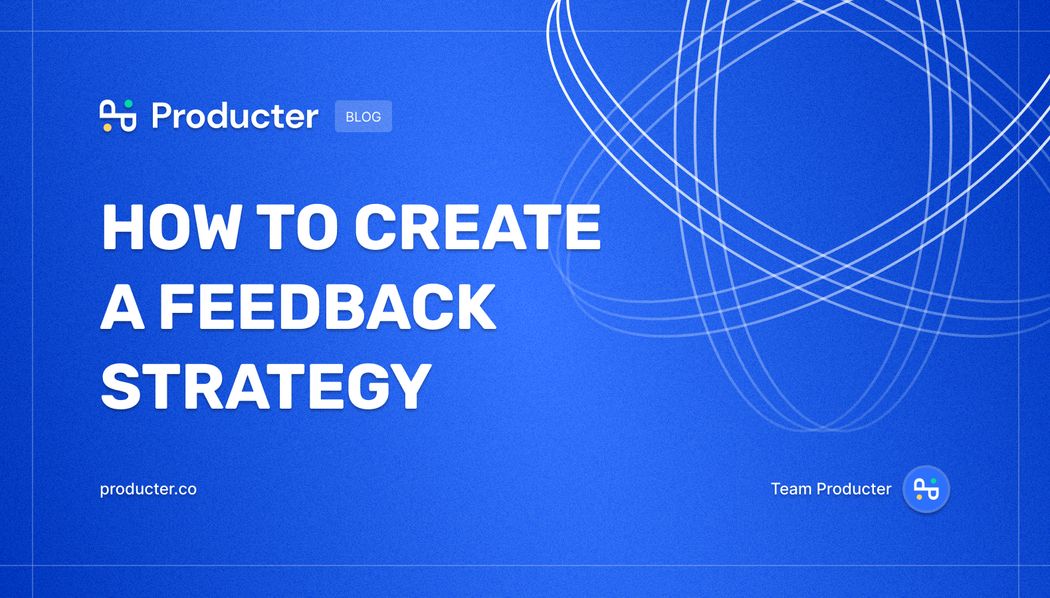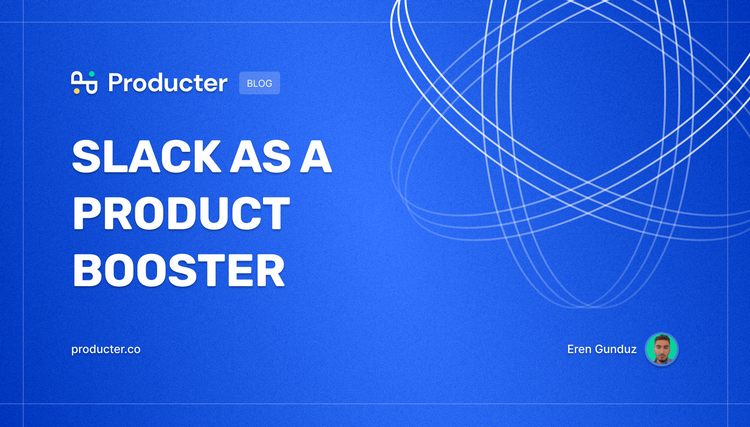Managing customer feedback can be challenging. It is one of the most important responsibilities of a product manager. Using a solid feedback management strategy will help you improve customer satisfaction, reduce churn, increase revenue and most importantly, create customer loyalty.
Customer feedback management is the process by which you can collect and organize feedback from your customers and put them into action for product improvement. It is essential for delivering an exceptional customer experience.
There are many ways to ask for feedback to improve the customer experience.
Customer feedback management channels include customer interviews, Net Promoter Score (NPS), in-app surveys, emails, focus groups, social media, review sites and live chat.
Customer feedback surveys and interviews can give you insights, but, for the best results, you need to have an effective customer feedback strategy. Your job is not done after you collected the feedback. Critical insights can get lost if you don’t put a system in place to categorize and organize the data you collected.
In this article, we will give you the best practices for customer feedback management.
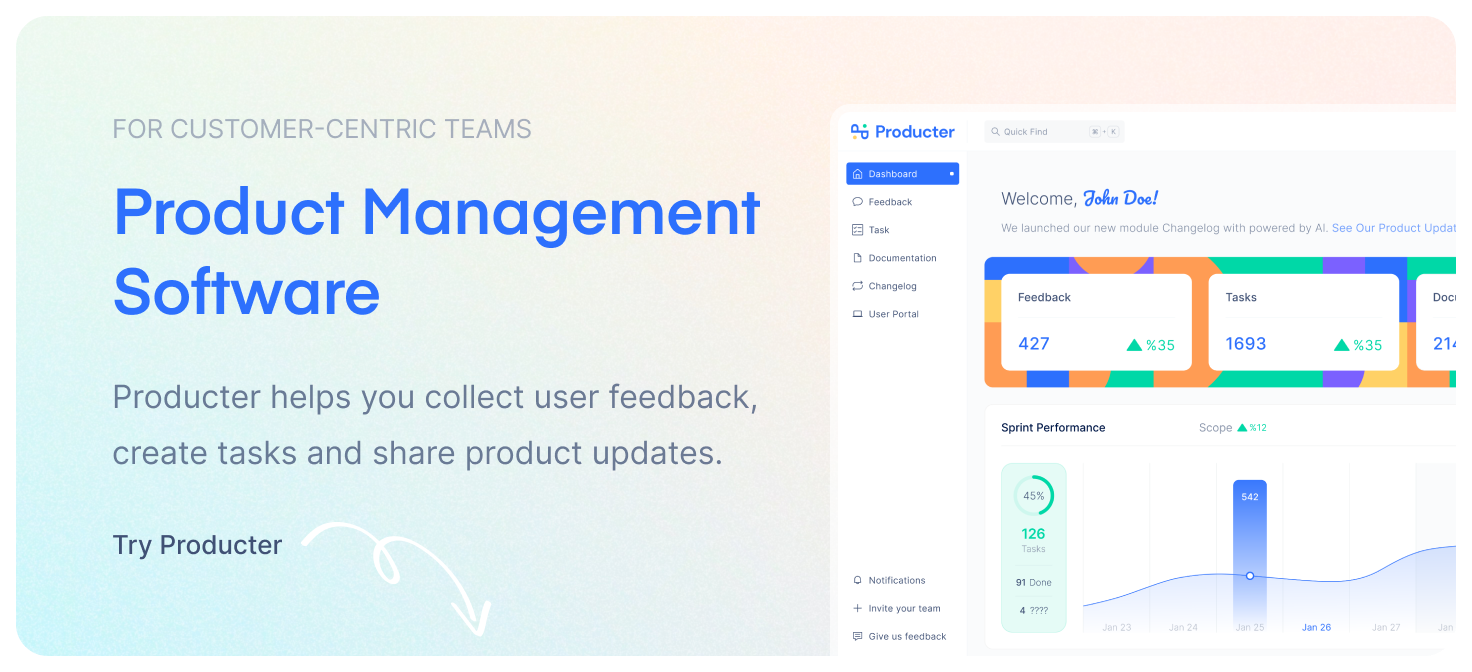
Define your objectives
Ask your product team what they want to know. What type of feedback would be most beneficial for them? What questions should you ask? Do you need to collect feedback for the entire customer experience? Do you need to uncover product issues to improve the product?
Make sure you only ask questions that provide you with the information you need. If your feedback queries aren’t specific and targeted, you’ll end up with random customer data that won’t allow you to identify a pattern.
An effective customer feedback management system allows you to recognize patterns regarding customer service problems, product flaws and unmet expectations.
Choose the metric that best aligns with your objectives
Ask for feedback when necessary and tailor your process to match your objectives. Each of the following examples has its respective goals.
Net Promoter Score (NPS) helps you measure the likelihood your customer will recommend your product or service (Customer Loyalty).
Customer Satisfaction Score (CSAT) helps you measure how satisfied a customer is with a specific interaction or your entire service (Customer Satisfaction).
Customer Effort Score (CES) helps you measure how much effort was required by your customers to get their problem solved.
You need to choose a feedback process that is most relevant to your business growth.
Collect the customer feedback in one place
Collecting customer feedback in one place makes it easier for you to highlight the common patterns and give you broader insights.
For example, giving your customers a dedicated feedback board to share their ideas helps you collect feedback continuously. You will improve not only your product in the right direction but also increase your customer satisfaction level.
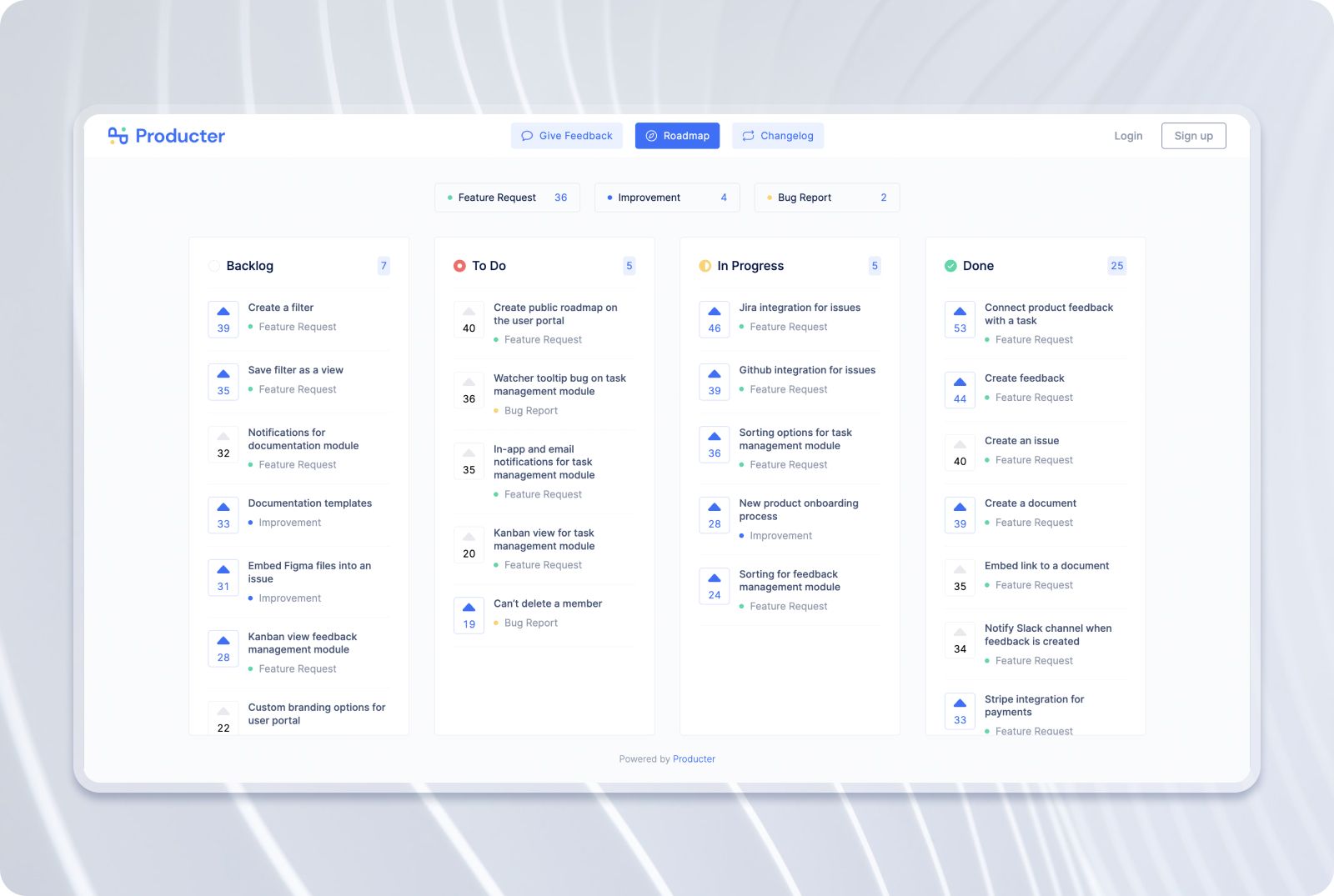
Producter’s user portal feature makes it easier to collect customer feedback in one place and helps you build the right features backed by customer insight. You can learn more about the feedback management module here.
Categorize the feedback collected
How to categorize the feedback collected across multiple channels? You can bucket them into product feedback and customer service feedback.
Exceptional customer service differentiates you from your competitors and it is vital for your business growth. You can get feedback on your customer service by leveraging live chat and email follow-ups.
You can bucket product feedback into different subcategories. Divide it into feature requests and bug reports. For example, if you sell a software product, asking for feedback directly inside the app is an excellent method for collecting product feedback.
By embedding a feedback widget to your product/website, you can easily collect instant customer feedback without having to carry out more hands-on testing and interviews. Feedback widget and link are the most used features on Producter.
Take action on the customer feedback
Collecting customer feedback is pointless if you don’t act on it. The feedback’s priority, volume and frequency are essential. Prioritize addressing the issues that are preventing your customers from getting the most value out of your product. You can then address the high volume but less pressing requests you received.
At this point, it is important that you share the feedback with the correct teams at your company who can implement the changes.
Follow-up on that feedback
Follow up with customers who give feedback so they know that you are actually listening. Sending a personalized follow-up email will make your customers feel valued and encourage them to give feedback in the future.
Close the loop with customers who complete your satisfaction survey. Thank anyone that completed the survey. Make sure your customers feel appreciated for their feedback.
Be transparent
"How can you make good decisions for the customer without listening to customers? You need to listen to the good, the bad, and the ugly feedback to make good decisions." Scott Tran, founder of Support Driven.
Listen to your customers. Be transparent about your plans to implement their feedback.
As product people, we highlight listening to the voice of our customers and collecting their feedback. If you don’t inform them about their feedback, you miss out on an excellent customer retention strategy. Highlight the effort you put into listening and executing their feedback.
Conclusion
If you don’t ask for customer feedback, you’ll never know what makes them happy. If you don’t know what makes them happy, it will be impossible to create customer loyalty. And guess what? Customer loyalty is what grows a business. And it all starts with having an effective customer feedback strategy.
Written by Yagmur Vatangul Colak
Producter is a product management tool designed to become customer-driven.
It helps you collect feedback, manage tasks, sharing product updates, creating product docs, and tracking roadmap.
👉🏻 Sign up Producter for free.
